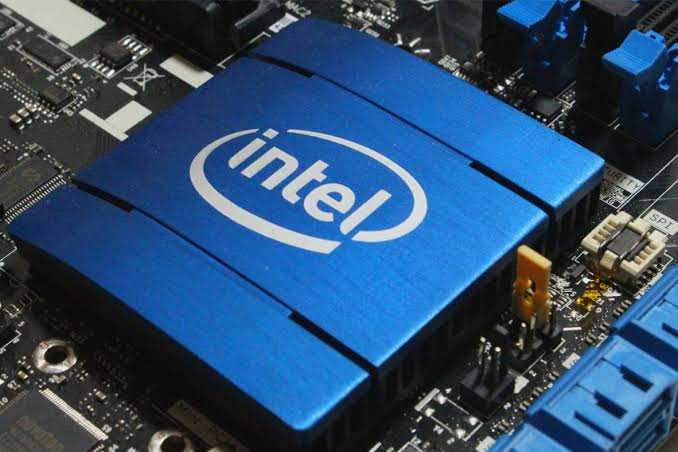From recent years chip makers and researchers have been working on quantum computing with little progress being achieved. But this week after a long wait, a great achievement has been announced that Intel has started developing a silicon based computing processor. Previously, all research on most quantum computing has been done on superconducting qubits. With the help of a few other companies, Intel has been working on continuous research on making the dream of quantum computing into a reality.
Intel recently announced that it has been working on alternative structure which revolves around bringing quantum computing to silicon transistors. This is known as spin qubits. Intel hopes to achieve and dismantle the scientific disruptions which are at present blocking quantum computing from becoming reality. The CPU’s which are well known today is highly resembled by semiconductor electronics and transistors or spin qubits. But they only deliver quantum power by leveraging the spin of each single electron present on a silicon device, also controlling movements which create tiny microwave pulses. As such the electrons are spun in different directions, which means when one spins down the data means the binary value 0 and when it spins upward it means binary value 1. But in most cases, they also have the possibility to spin both up and down at the same moment.
The fascinating fact is that it is a theory which is when the Spin qubits will have a possibility of a spin which is both up and down at the same moment, which will release large amounts of data in a parallel way. This means that it will be much for faster than a traditional modern computer. Intel has invented a spin qubits fabrication flow on its 300mm process technology in support of the research into Spin qubits architecture. They are assembled in the exact manner and facility as the other advanced transistor technologies of Intel. They are at present tested and in a short time, a few months it is expected to be put into production. Each week wafers containing as many as thousands of small qubits arrays are to be expected.
The microprocessor giant Intel would continue to work and invest in both spin qubits and superconducting qubits. But, as it seems the spin qubits seem to have a few benefits. For beginners, the spin variant is much smaller in its physical size. This is a benefit because many millions of qubits will be needed for a commercial world. Another benefit is that the silicon qubits can operate in very high temperatures rising upto 1 Kelvin instead of 20 millikelvin. As a result, this would lead to the reduction of the complexities of the whole system which are needed for the operation of the chips.



























